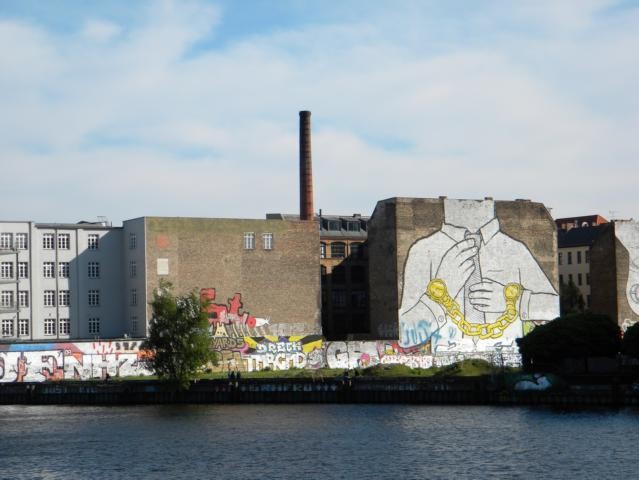7 The meaning of everyday practice
In the post-structural approach everyday practices should be handled as political activities, where social conflict is understood as an important tool to reclaim rights, resist and subvert. Participation is a key solution to decide about accessibility (see Abrahamson, 2004*). Blomley (2005a) has emphasized the lack of studies on the ways people actually navigate and apprehend the spatial dimensions of law, such as property, being one of the pioneers in this topic. A good introductive literature for the context of accessibility of everyday practices is still de Certeau (1984), The Practice of Every Day Life, which analyzes accessibility from the everyday spatial level.Several studies have led to the question of fighting concerning accessibility on everyday material level, where solutions have often been supported by the resistance movement and participatory planning (Abrahamson, 2004). For example LULU (Locally Unwanted Land Use) and NIMBY (Not In My Backyard) are marking citizenship resistance against institutional planning practice politics (Matthiesen, 2002, p. 173); or urban vegetable gardens could be interpreted as class resistance against public policies in managing urban development, being under the pressure in the urban sprawl (Domene and Sauri, 2007); or development of informal backyard dwellings influenced by South-African housing policy (Lemanski, 2009, p. 472). Other examples to be named are, e.g., in the case of Spain the value of the feminist perspective in successful remodeling of the quality of public spaces (see Garcia-Ramon et al., 2004); or social building has been interpreted as a form of citizenship resistance against the postcard view of urban environments (see the discussion in Sandercock, 2004).
Public spaces have often excluded different social layers with design practices to make some people feel unwelcome, which uphold social tensions and inequalities. Here accessibility lies in moral behaving, where everybody is welcomed in public space as long as they behave appropriately (Van Melik et al., 2009). For studies about the misconduct in city spaces through the Panhandlers, Skid Rows, and Public-Space Zoning see Ellickson (2001) (see also Figures 1* and 2*).
The development of the Berlin area along the river Spree and the Media Spree Project (see Louekari, 2006) have caused many social conflicts, including besides physical accessibility, also struggles of social identities. Many local resistance movements have been created.
In the context of social access also studies of gentrification, even of rural gentrification, and of its discursive construction are made (see Phillips, 2005). Of course, in cities that develop more and faster, as the case study of Mumbai shows, peri-urban areas are used as a land reserve fund for relocation programs in order to relegate the poor outside the city central areas (Zérah, 2006).
The contextual approach concludes how multilayered is the perspective that the term accessibility contains. Accessibility opens as an irresolvable puzzle. Therefore, for understanding the concept, it is not enough to handle accessibility through territorial landscape change only. For example, from a socio-political point of view, green light for some landscape activities could mean exclusion for other practices. In the discussion part about the value of including communicational matters as a meaningful aspect of accessibility is outlined. In this respect, landscape is understood rather as a man/milieu relationship (Berque, 1997), where people’s activities are seen in relation with landscape’s appearance. Here the creation of conditions for the participation in landscape is highlighted.





